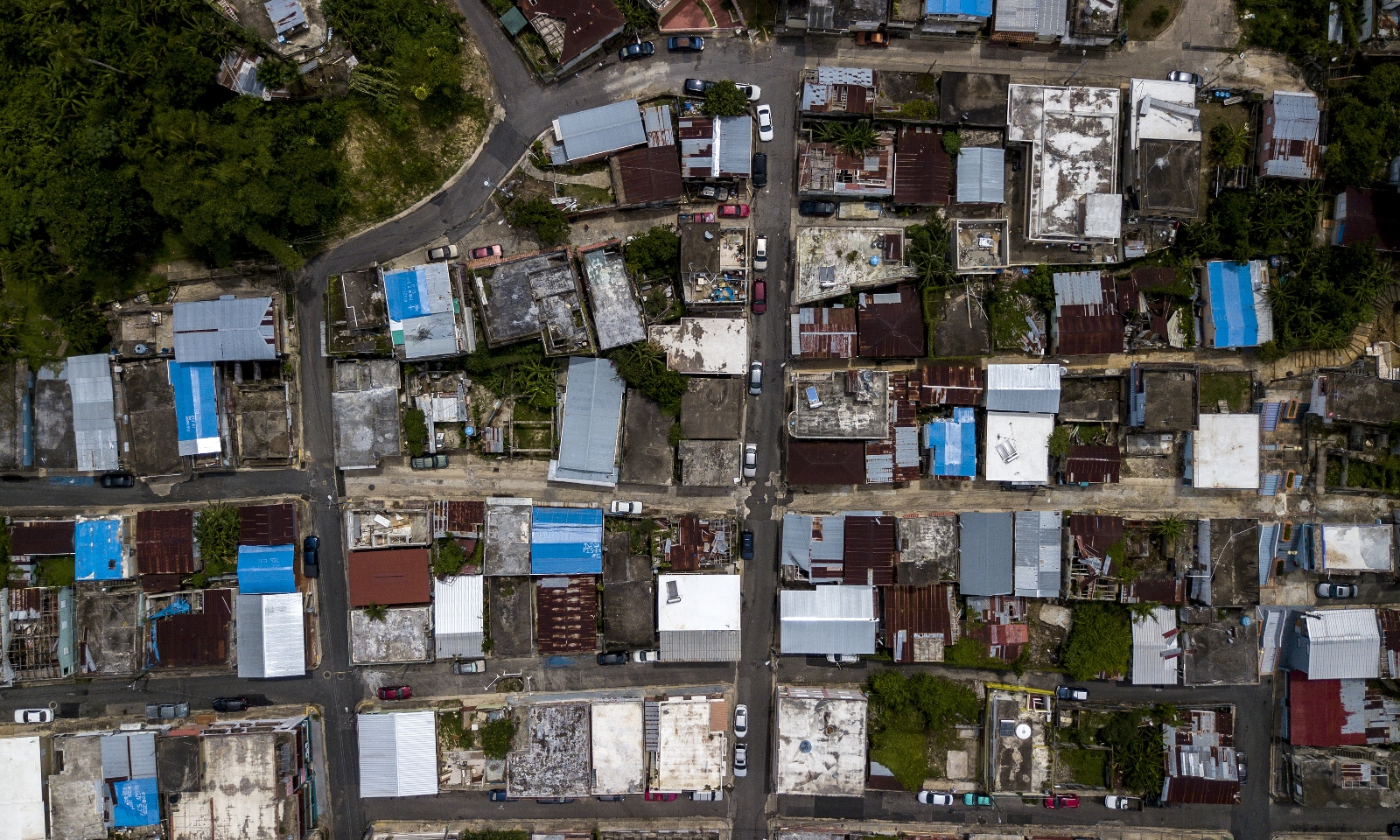Puerto Rico declared a public health emergency this week as cases of dengue fever, a potentially deadly mosquito-borne infection, rise precipitously across the United States territory. In the emergency order, the commonwealth’s department of health said it had recorded 549 cases of the disease this year so far, a 140 percent increase over the same period a year ago.
The numbers have “surpassed historical records,” health secretary Carlos Mellado López said.
Puerto Rico’s health department is the latest government agency to mobilize its public health resources in service of controlling and treating large outbreaks of dengue. Bangladesh and Sri Lanka tried to tamp down unprecedented rates of dengue infections in the last year with varying degrees of success. Vast portions of Central and South America are battling months-long, record-breaking dengue crises. Some 5 million cases of the infection were reported worldwide in 2023, and the disease continues to spread. Already, an estimated 3.5 million cases of the infection and 1,000 deaths have been reported across the Americas in 2024 thus far — a rate of infection health officials predict will lead to a record-breaking number of dengue cases this year.
Epidemiologists and climate change researchers warn that warmer temperatures, intensifying storms, and more erratic and frequent rainfall events are contributing to outbreaks of mosquito-borne illnesses around the world. Research shows that over the past two decades, the environment in many regions of the world has become more hospitable to the Aedes genus of mosquito, the insect whose bite spreads dengue to humans. Warmer winters, hotter summers, and particularly milder springs and falls are allowing these mosquitoes to move into new areas and higher elevations that have historically been too harsh for their survival.
“It’s a complex problem, but climate change, and most importantly consistently increasing temperatures, even in higher elevations,” said Manisha Bhinge, vice president of the Rockefeller Foundation’s health initiative, create “fertile ground for an outbreak.”

Climate change is not solely responsible for the millions of dengue cases that have occurred since the beginning of 2023. The natural weather phenomenon El Niño, which produces warmer-than-average global temperatures and erratic changes in rainfall patterns across Latin America and other parts of the world, may play a role. Decaying and broken infrastructure, deforestation and urban sprawl, and underinvestment in sewage, water, and sanitation systems all contribute to disease surge by exposing more people to mosquitoes and creating pockets of standing water for the insects to breed in.
Warmer temperatures and extreme weather layered on top of these existing issues compound and exacerbate community vulnerability to dengue and other diseases spread by blood-sucking bugs.
Three in 4 people who get dengue — also known as breakbone fever — exhibit no symptoms, which means the true extent of the viral infection in Puerto Rico and other places is likely much higher than official reports indicate. Those who develop symptoms often report fevers of 104 degrees Fahrenheit or higher, muscle aches, and vomiting. Severe symptoms, such as intense stomach pain; bloody vomit, stool, or gums; and extreme fatigue, typically develop after the fever has passed. Individuals who contract the illness twice, from two different strains, are at a much higher risk of developing severe dengue or dying. The disease cannot be passed directly between people, but a person with dengue in their blood can pass the infection on to a mosquito, which can infect other people.
Some 340 people have been hospitalized so far this year in Puerto Rico with severe dengue symptoms. More than half of the island’s dengue cases have occurred in San Juan, the territory’s capital, and surrounding municipalities. The Puerto Rican government did not restrict travel into or out of the island, but the department of health said the infection had reached epidemic levels. The emergency order, which will remain in effect for three months, allows the department of health to tap government resources more quickly as it works to detect and control mosquitoes.

Last year, a small but unusual number of locally acquired cases of dengue popped up in California, Texas, and Florida. The risk to people living in the contiguous United States still largely comes from travel to countries where rates of the illness are much higher, though that could change in years to come as temperatures continue to rise.
The Centers for Disease Control and Prevention is currently advising Americans to take precautions against dengue when traveling to many countries in Central and South America, the Caribbean, sub-Saharan Africa, the Middle East, South and Southeast Asia, and the Pacific Islands. In Brazil, which has registered 1.5 million cases of dengue so far this year and recently became the first country in the world to launch a public vaccination campaign against the viral infection, 17 cities declared emergencies.
There is no one solution to controlling mass outbreaks of dengue. Governments are trying out a multifaceted response that includes public education and vaccine campaigns, spraying mosquito-killing insecticides, draining swamps and puddles of standing water, and deploying new technologies. Brazil, for example, has had some success releasing mosquitoes that have been infected with bacteria that prevents them from carrying dengue in Rio de Janeiro and a handful of other urban centers across the country. Still, the best line of defense for people in affected areas is reducing exposure to mosquitoes by spending time indoors when possible, sleeping in mosquito netting, and frequently applying bug spray.




